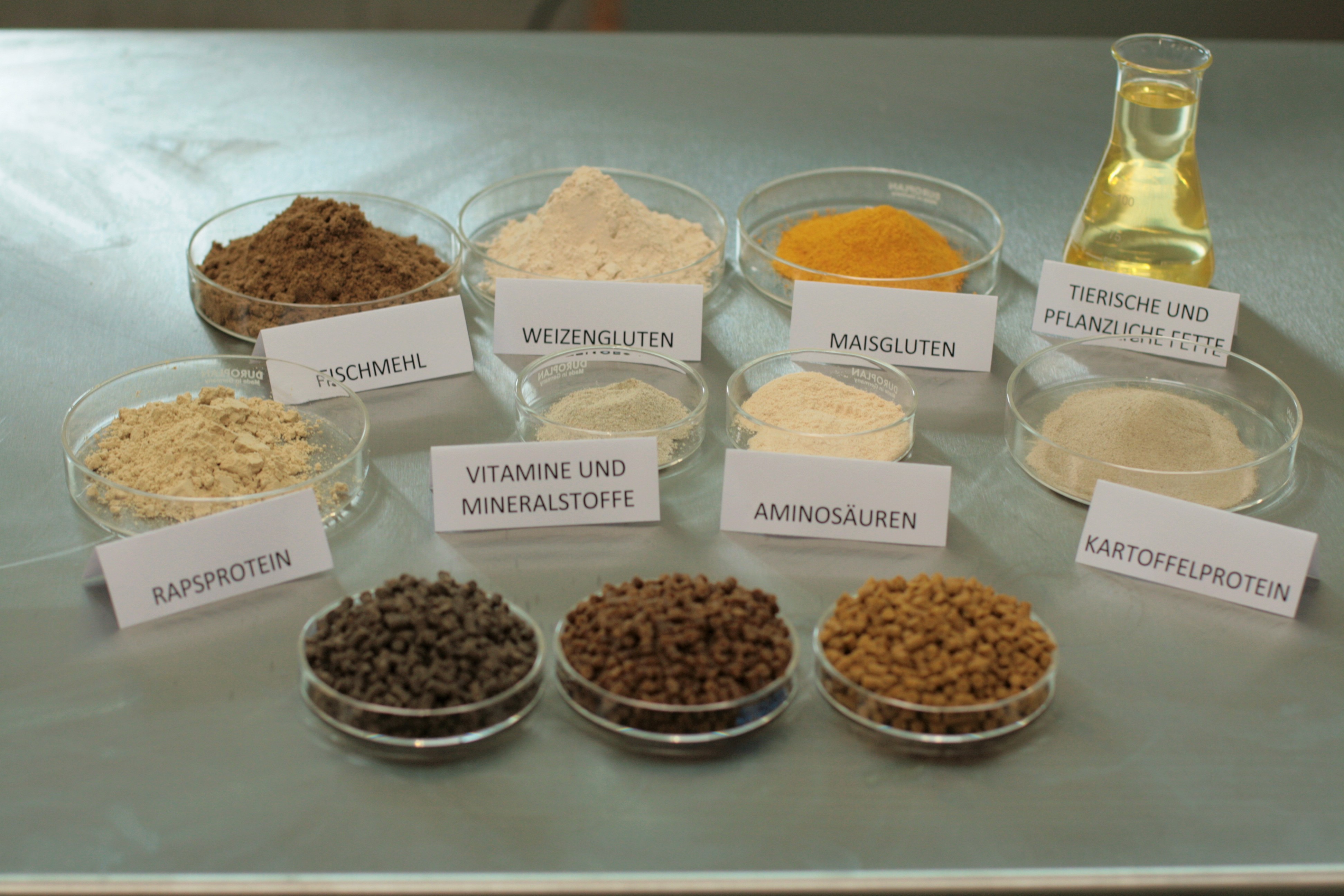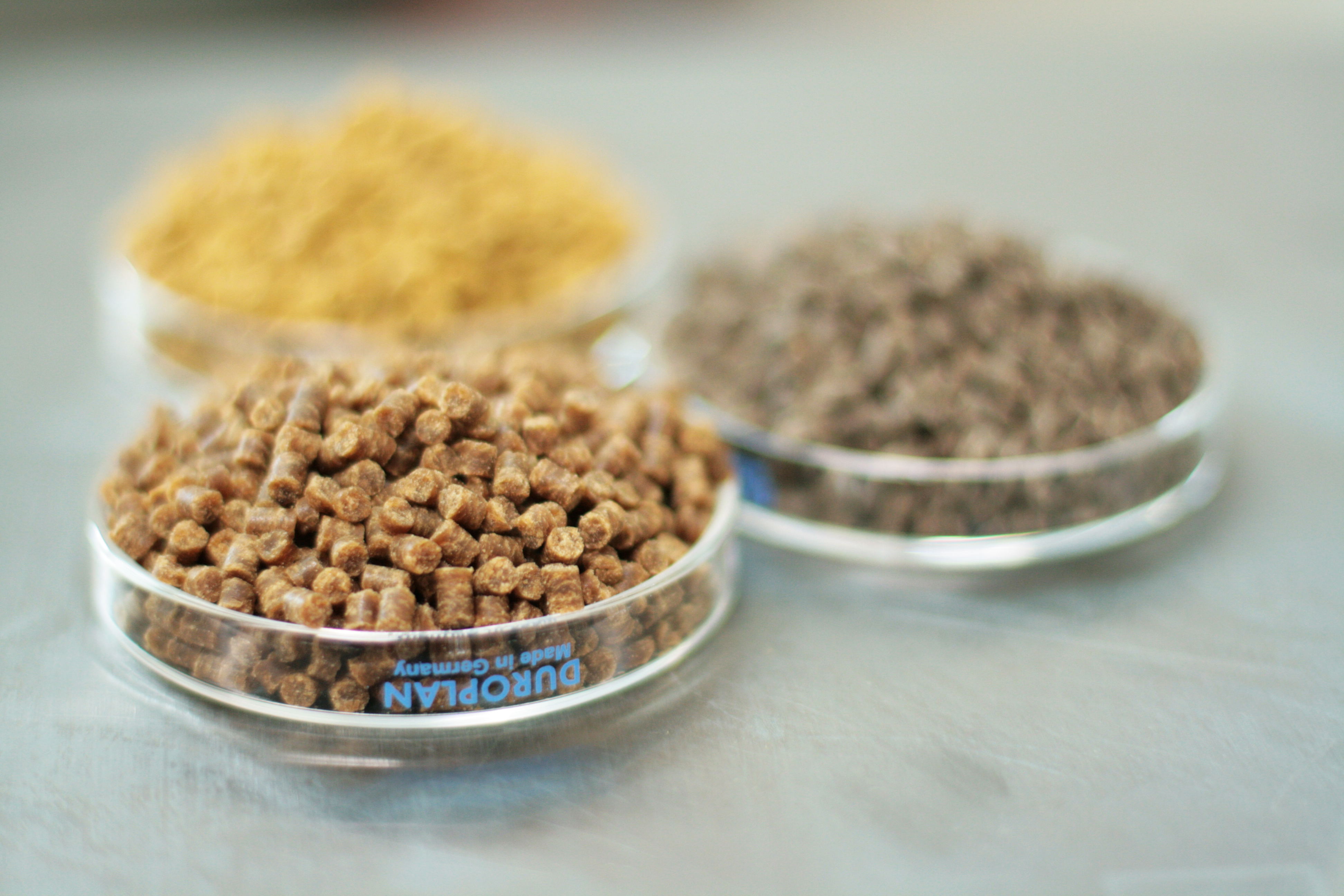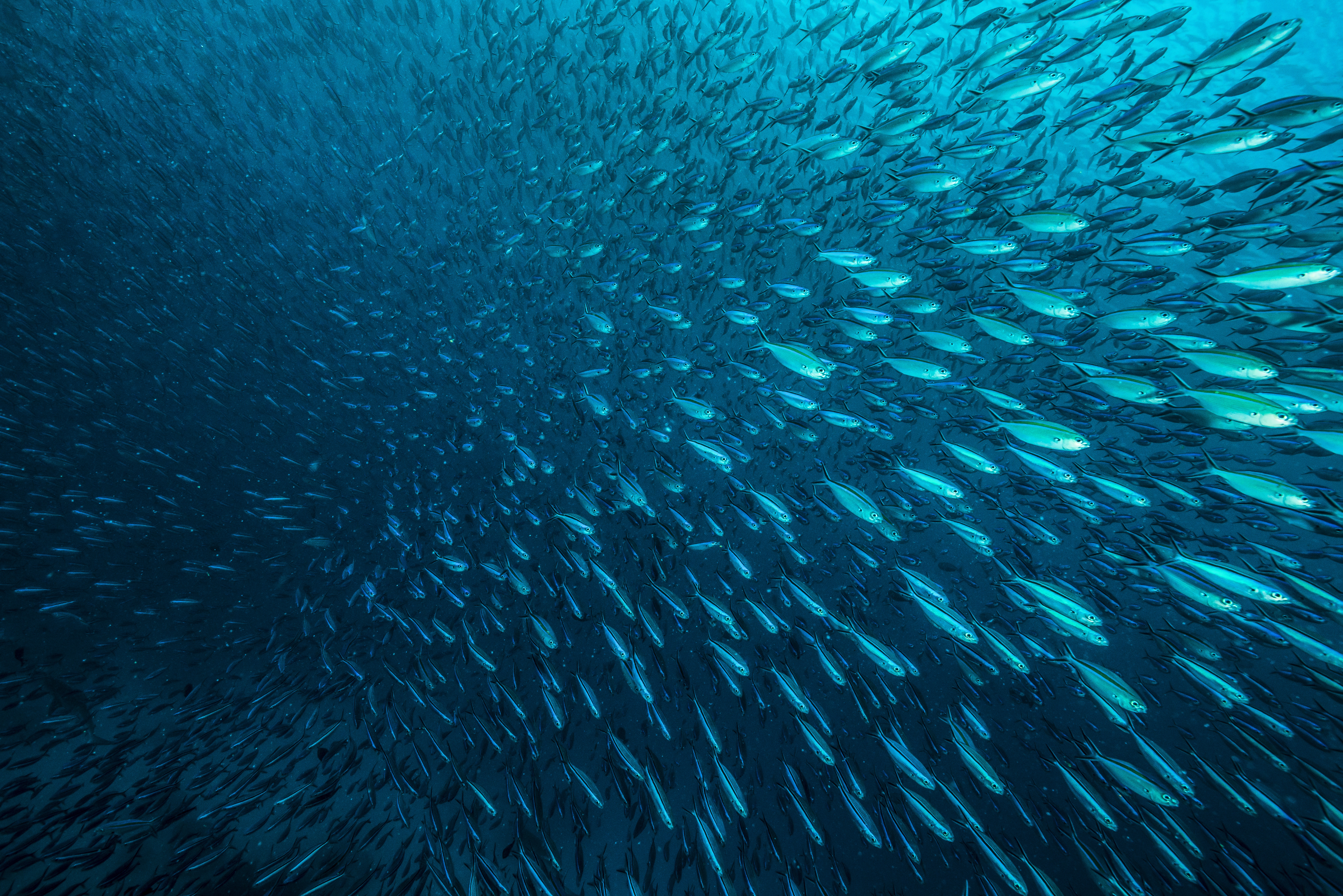Workspace


The responsible use of resources is a high priority for the Fraunhofer-Gesellschaft and is unavoidable in any future-oriented branch of industry. As a result, there are various challenges not only in human nutrition, but also in fish nutrition, which we are tackling at the Fraunhofer IMTE. In doing so, we do not ignore the topic of fish farming, which is closely related to fish nutrition, in order to generate concepts that are as all-encompassing as possible.
The availability of resources, the need for alternative raw materials, the optimisation of feedstuffs to meet requirements and the determination and optimisation of the husbandry conditions of aquaculture-relevant animal species all play an important role within the working group. This is done through further development and improvement of husbandry techniques, but also by determining the husbandry requirements of established, but also new, animal species.
With our many years of expertise in the field of fish nutrition and husbandry, we are able to successfully work on internal and external applied research and development projects and transfer generated knowledge to industry.
